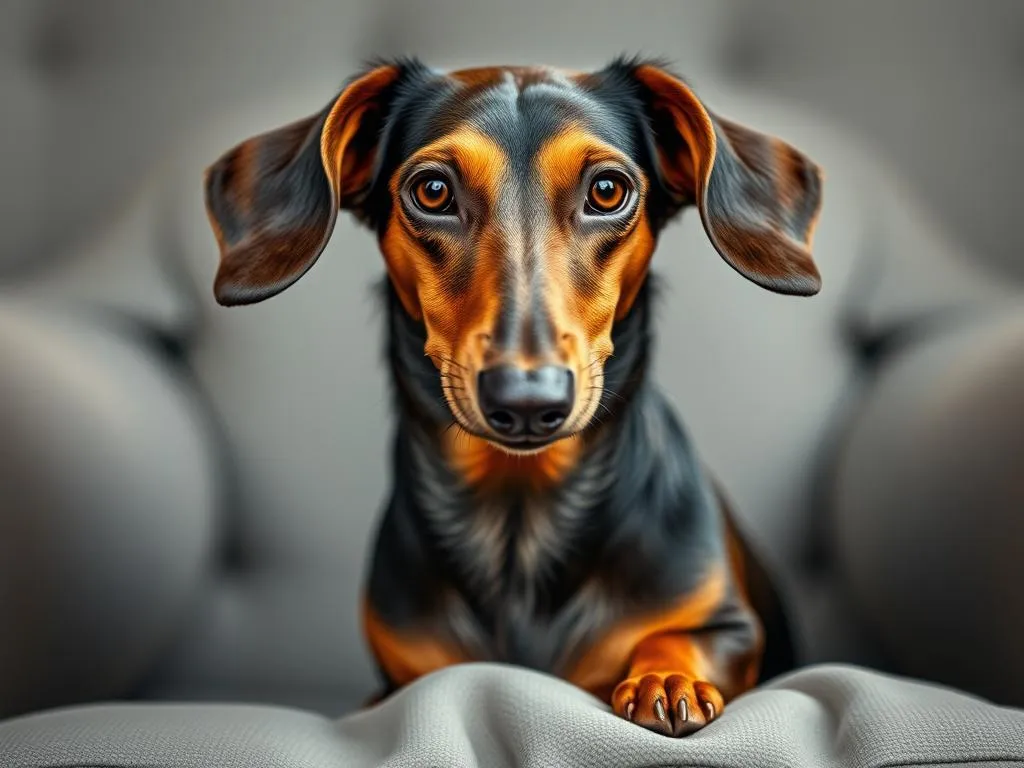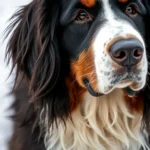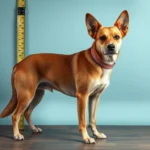
Dachshunds, known for their unique shape and lively personality, have captured the hearts of dog lovers worldwide. These little charmers, often called “wiener dogs,” come in various coat types and sizes, making them a versatile breed for many households. However, one common concern among potential owners is shedding. Understanding do Dachshunds shed a lot is crucial for anyone considering welcoming one into their home. Let’s delve into the shedding habits of this breed, the factors that affect shedding, and how to manage it effectively.
Understanding Dachshunds
Breed Characteristics
Dachshunds are small yet spirited dogs characterized by their long bodies and short legs. They typically weigh between 16 to 32 pounds and stand about 8 to 9 inches tall at the shoulder. Their personalities can range from playful and outgoing to calm and reserved, depending on their upbringing and environment. Dachshunds are known for their intelligence and independence, making them both entertaining and occasionally challenging companions.
Their distinctive appearances come from their three coat types:
- Smooth-haired Dachshunds: These have short, sleek coats that lie flat against their bodies. They generally shed less than the other types.
- Long-haired Dachshunds: With flowing, soft fur, long-haired Dachshunds require more grooming but may shed similarly to their smooth counterparts.
- Wire-haired Dachshunds: Featuring a rough, bristly coat, these Dachshunds shed minimally but require specific grooming to maintain their coat’s texture.
Types of Dachshunds
Each type of Dachshund has different shedding tendencies, which is essential to consider when deciding on the right dog for your home.
- Smooth-haired Dachshunds: Typically, this variety sheds moderately throughout the year, with increased shedding during seasonal changes.
- Long-haired Dachshunds: These dogs may shed more visibly due to their longer fur, especially during shedding seasons.
- Wire-haired Dachshunds: This breed tends to shed the least, but their coats need regular grooming to prevent matting and maintain their unique texture.
Shedding Overview
What is Shedding?
Shedding is a natural process that occurs in all dogs, including Dachshunds. It involves the loss of old or damaged hair, allowing for the growth of new, healthy fur. Shedding can vary greatly among breeds and is influenced by several factors, including health, environment, and season.
For dogs, shedding is not just about aesthetics; it plays a vital role in maintaining healthy skin and coat. Regular shedding helps to remove dead hair and skin cells, reducing the risk of skin infections and promoting overall health.
Normal Shedding vs. Excessive Shedding
Understanding the difference between normal and excessive shedding is crucial for dog owners.
- Normal shedding: You might notice a few stray hairs on your clothes or furniture, especially during seasonal changes. Regular grooming can help manage this.
- Excessive shedding: If your Dachshund is losing clumps of hair or showing bald patches, it could be a sign of underlying health issues, allergies, or stress.
Recognizing these patterns early can help you address potential concerns before they escalate.
Do Dachshunds Shed a Lot?
Shedding Patterns of Dachshunds
When it comes to the question, do Dachshunds shed a lot, the answer varies by coat type and individual dog. Generally, Dachshunds exhibit seasonal shedding patterns, particularly in spring and fall. During these times, they may shed more as they transition to their summer or winter coats.
- Smooth-haired Dachshunds tend to shed moderately throughout the year but may have heavier shedding in spring.
- Long-haired Dachshunds might show noticeable shedding during seasonal transitions, requiring more frequent grooming.
- Wire-haired Dachshunds usually shed less overall, but they still undergo seasonal shedding.
Factors Influencing Shedding
Several factors can influence how much your Dachshund sheds:
- Age of the dog: Younger dogs may experience more shedding as they transition from puppy fur to adult coats, while older dogs may shed more due to hormonal changes.
- Diet and nutrition: A balanced diet rich in vitamins and fatty acids can promote a healthy coat and minimize shedding.
- Health and wellness: Medical conditions, allergies, or skin issues can cause excessive shedding. Regular veterinary check-ups can help identify and mitigate these issues.
- Environmental factors: Climate plays a significant role in shedding. Dogs living in warmer climates may shed more often than those in cooler areas. Additionally, indoor living can lead to year-round shedding due to controlled environments.
Managing Shedding in Dachshunds
Grooming Tips
Proper grooming can significantly help manage shedding in Dachshunds. Here are some recommendations based on coat types:
- Smooth-haired Dachshunds: Use a rubber grooming mitt or a soft bristle brush to remove loose hairs. Grooming once a week is usually sufficient.
- Long-haired Dachshunds: A slicker brush or a comb will help detangle and remove dead hair. Aim for grooming two to three times a week, and consider professional grooming every couple of months.
- Wire-haired Dachshunds: Hand-stripping is often recommended for this coat type to maintain texture. Brush them once a week and consider a professional groomer every few months.
Bathing can also be beneficial in managing shedding. It’s generally advised to bathe your Dachshund every 4 to 6 weeks, using a gentle dog shampoo to avoid drying out their skin.
Maintaining a Clean Home
Even with diligent grooming, pet hair can accumulate in your home. Here are some effective cleaning tools and techniques:
- Vacuum cleaners with pet hair attachments: These are designed to pick up pet hair from various surfaces.
- Lint rollers: Handy for quick clean-ups on clothing and furniture.
- Furniture covers: Consider using washable covers on sofas and chairs to protect against hair buildup.
Regular cleaning routines will help keep your home fresh and minimize the impact of shedding.
Diet and Nutrition
A well-balanced diet can promote a healthy coat and reduce shedding. Look for dog foods that contain high-quality protein, omega fatty acids, and essential vitamins. Some dog owners find that adding supplements, such as fish oil or omega-3 fatty acids, can improve coat health and reduce shedding.
Consulting with your veterinarian can help you choose the best dietary plan tailored to your Dachshund’s needs.
Health Considerations
Common Health Issues Related to Shedding
While shedding is a normal process, certain health issues can exacerbate it:
- Allergies and skin conditions: Dogs can be allergic to food, environmental factors, or flea bites, leading to excessive scratching and shedding.
- Hormonal imbalances: Conditions like hypothyroidism or Cushing’s disease can cause changes in shedding patterns.
- Stress and anxiety effects: Just like humans, dogs can experience stress, which may manifest as increased shedding.
When to Consult a Veterinarian
If you notice significant changes in your Dachshund’s shedding patterns, it’s essential to consult your veterinarian. Signs that warrant a vet visit include:
- Clumps of hair falling out or bald patches.
- Signs of skin irritation, such as redness or itching.
- Changes in behavior, energy levels, or appetite.
Regular health check-ups are vital for maintaining your Dachshund’s overall well-being and can help catch potential issues early.
Conclusion
Understanding do Dachshunds shed a lot involves considering their coat type, health, and environmental factors. While all Dachshunds shed to some degree, proper grooming, diet, and care can help manage shedding effectively. Keep an eye on your dog’s health and grooming needs to ensure they remain happy and healthy.
For potential Dachshund owners, being informed about shedding is an essential part of the decision-making process. By embracing the quirks of this delightful breed, you can enjoy a fulfilling companionship with your furry friend.









